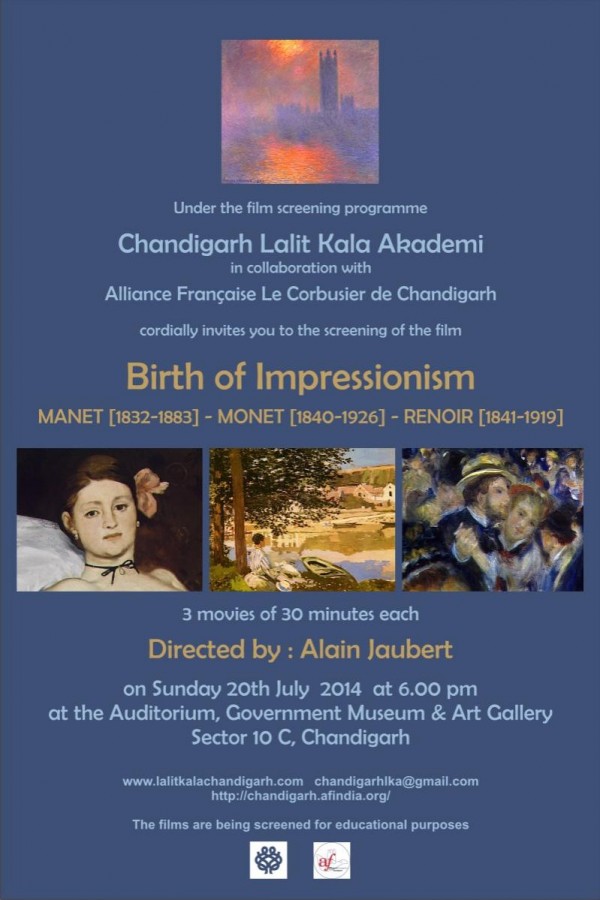
MANET [1832-1883]
"Olympia", Edouard Manet, 1865 (Musée d'Orsay, Paris) In 1865, a furor broke out at the Salon. Edouard Manet exhibited a modern re-working of Titian's "Venus of Urbino" - a pale-skinned, naked, girl with an indifferent gaze, stretched on a divan. Comments included "This yellow-skinned odalisque, this degraded model picked up God knows where to represent Olympia" and "The crowds flock to see Monsieur Manet's decadent Olympia as to the gates of a morgue". The model was Victorine Meurent, one of Manet's favourite sitters. She had posed for "Le Déjeuner sur l'herbe" (Picnic on the grass) and "Woman with a Parrot", and was later to pose for "The Railway". Her natural repose and physical appearance made her an ideal model, but she was also an independent woman with a free lifestyle. The picture was a sort of homage to the studio model, the object of painters' desires since the Renaissance. It was also deliberately, provocatively modern. References, Classical and mythological allusions were transposed to a contemporary interior, and the shock-value was compounded by the fact that the picture was undoubtedly intended to conjure up the brothel. Seven years after Manet's death, a group of painters headed by Claude Monet himself started a fund to buy the picture and donate it to the state. "Olympia" has continued to haunt painters' imaginations right up to the present: in 1970, Larry Rivers painted a black "Olympia" (now in the Pompidou Centre).
MONET [1840-1926]
La Couleur de l'instant: the "Bassins aux nymphéas" In his garden at Giverny, Monet created a vast canvas to research his landscape paintings. He had a Japanese bridge built over the pond covered with waterlilies. Anxious to render every variation of the light over the bridge, the water, the foliage and the flowers according to the season and time of day, Monet worked simultaneously on several canvases and returned to them again and again. There are 54 versions of the famous "Waterlilies" from various viewpoints and in different harmonies. Behind the apparent spontaneity lies a very sophisticated work of composition.
RENOIR [1841-1919]
Bright Summer Sundays: "Bal du Moulin de la Galette" (1876) Musée d'Orsay, Paris A popular ball in the Montmartre district of Paris. A joyful throng gathered on a bright Sunday afternoon during the summer of 1876. Everything Renoir needed to produce a painting that is a manifesto of the new impressionist school. But the Impressionistic effect is far from the mere symphony of blues critized by Renoir's contemporaries. An in-depth analysis of the work, which may seem difficult at first, reveals many discoveries. The scale of closely related pigments offers a series of riches nuances, the brush strokes are subtly overlapping, the perspective remains undetermined, the figures are artfully blurred: le "Bal du Moulin de la Galette" is much more complex than we think. Renoir, heir to Watteau's gallant parades, pursued, through his painting, the dream of a Parisian youngster, far from Degas and Manet's more cynical point of view.